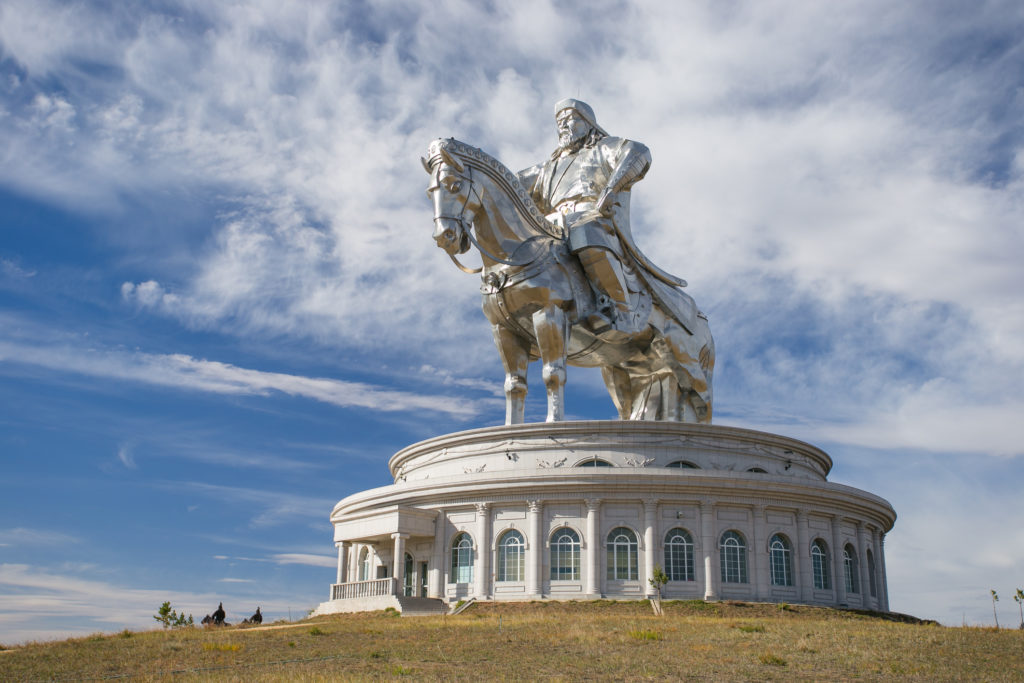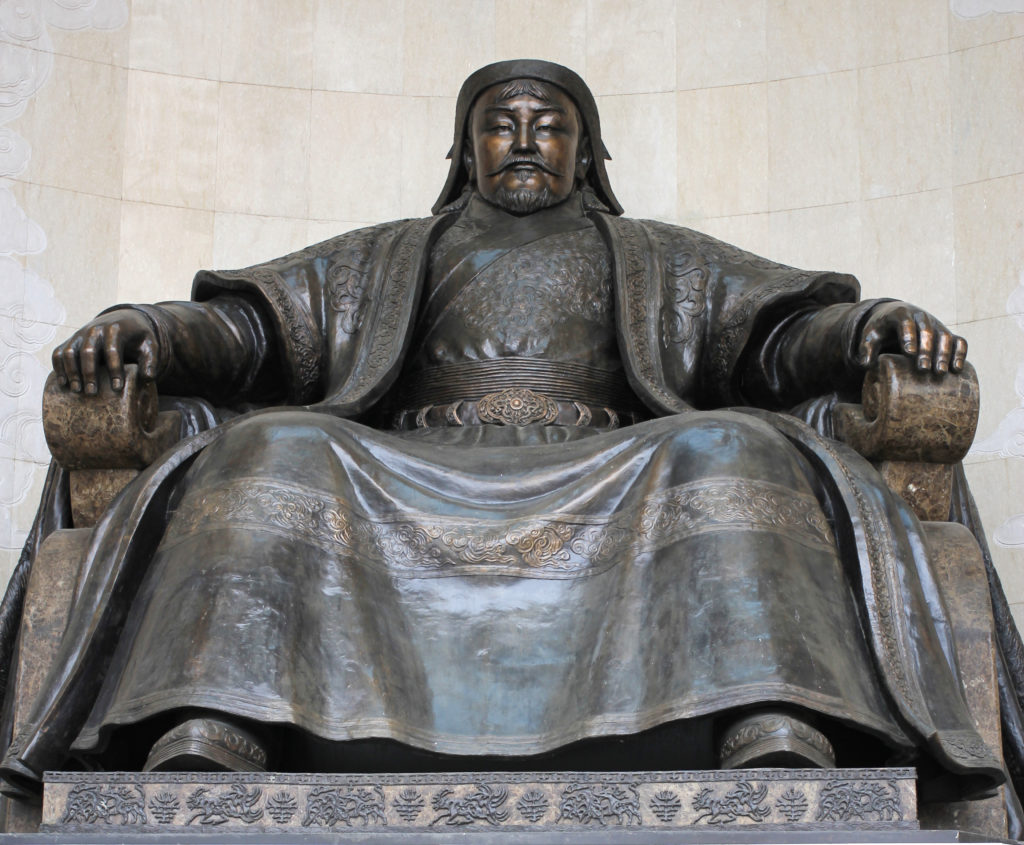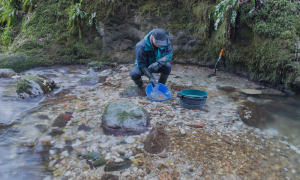For centuries, historians and archaeologists have been captivated by the enigma surrounding the location of Genghis Khan’s tomb. Born as Temujin in 1162, Genghis Khan would later become the founder and Great Khan of the Mongol Empire, which ultimately grew to become the largest contiguous empire in history.

Despite his lasting impact on the world, the details surrounding Genghis Khan’s final resting place have remained elusive, with a combination of myth, tradition, and secrecy obscuring its location. In this article, we will explore the reasons behind this enduring mystery and examine the efforts made to uncover the legendary leader’s grave.
The Legend and Secrecy
According to Mongolian tradition, Genghis Khan’s final resting place was designed to remain hidden. Upon his death in 1227, his burial was shrouded in secrecy, and numerous measures were taken to ensure its location would be lost to time. The funeral procession reportedly killed anyone who crossed their path to prevent them from discovering the site. Moreover, legend has it that thousands of horses were stampeded over the grave to obscure any traces, and a river was diverted to flow over the burial site, further concealing it from prying eyes.
The Search Begins
Over the years, numerous explorations and excavations have been carried out in the hopes of discovering Genghis Khan’s tomb. Many believe that the burial site lies somewhere in the region of his birth, the Khentii Mountains in northeastern Mongolia. However, due to the vastness of the area and the lack of concrete evidence, attempts to pinpoint the exact location have so far been unsuccessful.
In the early 20th century, Russian archaeologist Peter Kozloff claimed to have discovered Genghis Khan’s tomb in the Noin-Ula burial site, but this was later disproven. In the 21st century, the search for the tomb has been revitalized by advances in technology and archaeology. The Valley of the Khans Project, led by Dr. Albert Yu-Min Lin, has utilized non-invasive techniques, such as satellite imagery, ground-penetrating radar, and drones, to survey the area without disrupting the landscape.

New Clues and Developments
The recent discovery of a 13th-century palace in the region has sparked renewed interest in the quest for Genghis Khan’s tomb. Excavations at the palace site revealed artifacts, including a silver saddle, that belonged to the Mongol Empire, fueling speculation that the burial site may be nearby. However, no direct evidence linking the palace to Genghis Khan’s grave has been uncovered.
The Importance of Preservation
The search for Genghis Khan’s tomb is not without controversy. Some argue that the quest to find the grave is driven more by curiosity and the potential for tourism revenue than a genuine desire to understand the history and culture of the Mongol Empire. Furthermore, there is a growing concern that, if discovered, the tomb may be subject to looting or irreparable damage.
In response, Mongolian authorities and scholars have emphasized the importance of preservation and respecting the wishes of the Mongol people. For many, the secrecy surrounding Genghis Khan’s final resting place is an integral part of their cultural heritage, and any attempts to uncover the site must be approached with the utmost care and respect.
The search for Genghis Khan’s tomb has captured the imagination of historians, archaeologists, and the public alike. As technology continues to advance, the possibility of discovering the elusive grave becomes increasingly plausible. However, it is essential to balance this quest for knowledge with the need to preserve and respect the cultural heritage of the Mongolia.





